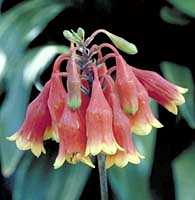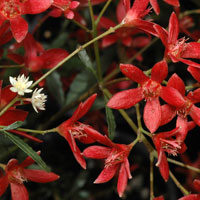21 days left!
Our 'room sale' (our Seattle winter version of a Yard Sale) has been going well; we are down to about half the amount of stuff we started the sale with!
Now it's time to start packing away the items we can live without for the next few weeks. This post is going to be done in several parts, most likely organized by which suitcase is being filled. Expect to get an overview of the suitcase we will be using, the items going into the suitcase (possibly even HOW they are being packed, depending on the function of the suitcase and the item), and why we chose that suitcase and those items. I will cover some of those packing basics (maximizing wardrobe without sacrificing space), some packing theories, and my own approach to packing based on my experiences traveling.
A word for the absolute Beginner (or for those of you who have noticed that you could use a little help in the packing department) I HIGHLY recommend that you consider purchasing The Packing Book
I've decided to start with the items we (ideally) shouldn't need until we get to Germany - these items are going into the large SwissGear rolling upright suitcase (28")
Here is my general (moving overseas) packing list:
| Clothing | | Accessories | |
| Underwear (10) | | Belt (2) | |
| Bras (5) | | Flip-Flops/shower shoes | |
| Socks (10) | | Warm Gloves | |
| Warm Tights (2) | | Warm Scarf | |
| Nylons (4; various colors) | | Light Scarf | |
| PJ’s | | Hat | |
| Pants | | Umbrella | |
| Top | | Daily purse | |
| Tops | | Earrings (4 pair) | |
| Tank Tops (4; good for layering, dark & neutral colors) | | Comfortable shoes Boots Dress shoes | |
| T-Shirts (3) | | Watch | |
| Long sleeved Shirts (3) | | Necklaces (2) | |
| Dress Shirts (2) | | Rings (2) | |
| Light Sweaters (2-3) | | Additional Items | |
| Bottoms | | Collapsible Drawers (2 small, 2 large) | |
| Pants (4) | | Light fleece blanket | |
| Skirts (2-3; varying lengths) | | Collapsible bag | |
Seem like a lot? Don't forget that most of those item values will be doubled because Lex's stuff will go in here too. You might be wondering why the 'additional items' category. I have found that having a few items from my old home that take up very little space in my luggage and have practical applications in my new residence can make transitioning into a new place easier. These items are so friendly on space that I can get all 6 of them into the mere 1/4" deep mesh pocket on the inside of the top flap of the checked bag.
Check back soon for "The checked bag pt. 2..."! I will actually take pictures of the packing process and discuss the ins and outs of choosing which clothes should be packed and which should be left home.






